Apple Vision Pro is failing to attract enterprise interest

The Apple Vision Pro, an impressive but expensive Mixed Reality headset, is failing to attract enterprise customers according to a recent IDC survey (purchase required). Apple has probably noticed, which is why it announced new development tools for businesses at this year’s WWDC (Worldwide Developers Conference).
Perhaps the biggest cause of poor Vision Pro sales is the headset’s price tag of $3,499. A trend that continued with the international pricing of Vision Pro with even higher numbers being listed over the buy button on Apple’s site.
But other than a cost that leaves your wallet gasping for air, there’s likely another reason: there simply aren’t that many use cases for the Vision Pro. Due to a lack of dedicated controllers the Apple Vision Pro can’t even run popular VR games, which is still the main reason consumers buy VR hardware.


But other than a cost that leaves your wallet gasping for air, there’s likely another reason: there simply aren’t that many use cases for the Vision Pro. Due to a lack of dedicated controllers the Apple Vision Pro can’t even run popular VR games, which is still the main reason consumers buy VR hardware.
And that’s just for personal entertainment. Yes, there’s a Mixed Reality app for practicing complex surgeries. There’s Campfire too for virtual enterprise collaboration. And…what else? Now, I’m aware I’m probably missing a few other big names here but there simply isn’t much reason for a business to buy Apple’s headset, in my opinion. Especially when the excellent — and much cheaper — Meta Quest 3 has been getting productivity-focused updates too as of late.

Still a long way to go. | Video credit — Apple
Manufacturing and retail sectors uninterested in Vision Pro
The manufacturing and retail sectors have a lower interest in adopting Vision Pro than other industries. This, especially after Apple’s attempts at Mixed Reality shopping demos using Vision Pro, is quite a surprising result. On the other hand, the industries that showed the highest level of interest in Apple’s headset were the healthcare and finance sectors.
There might be another factor at play here, however. Another survey conducted a while back revealed that only 25 percent of U.S. adults have used VR. Those who have used it keep coming back for more, suggesting that retention is quite high once someone gets a taste of Virtual Reality. It’s not that difficult to imagine why people would not be interested in something they’ve never used.
The IDC survey also revealed that larger corporations with more cash to throw around were more interested in trying out VR in the workplace. A fact that seems to be corroborated by Apple CEO Tim Cook who revealed that half of Fortune 100 companies had purchased a Vision Pro. That number has most likely gone up since then.
There might be another factor at play here, however. Another survey conducted a while back revealed that only 25 percent of U.S. adults have used VR. Those who have used it keep coming back for more, suggesting that retention is quite high once someone gets a taste of Virtual Reality. It’s not that difficult to imagine why people would not be interested in something they’ve never used.

The Meta Quest 3 also offers VR productivity, and for much less. | Video credit — Meta
Vision Pro was a less appealing compromise
Bloomberg’s Apple insider Mark Gurman revealed something very interesting this past week. Apparently, the Vision Pro wasn’t Apple’s original plan. The company instead wanted to produce AR glasses but was limited by the technology of today. Vision Pro was a compromise, bringing Mixed Reality to Apple’s consumer base but in a much bulkier form.
Glasses are a much more socially acceptable form factor than a giant computer strapped to your face. Which is why Meta has been working on AI-powered AR smart glasses for years now. Even Google is taking an interest in AR glasses, with a demo showing a pair of glasses at Google I/O this year. And apparently Apple is also still very much interested in making its original AR dream become a reality.
It’s not difficult to see why the top dogs are excited about AR glasses. Not only do they have the potential to become the next smartphone in my opinion, it’s also proven to be a successful product. Meta’s Ray-Ban smart glasses, which don’t even have AR, sold so well that the company restructured its XR division to focus more on similar wearables.
Our Apple Vision Pro review deemed it an excellent headset. But amazing hardware doesn’t make a product practical on its own, especially with such a steep price attached to it. Apple really needs to knock it out of the park with visionOS 2 and Vision Pro 2 if it hopes to grow and retain an enterprise-level user base.
Glasses are a much more socially acceptable form factor than a giant computer strapped to your face. Which is why Meta has been working on AI-powered AR smart glasses for years now. Even Google is taking an interest in AR glasses, with a demo showing a pair of glasses at Google I/O this year. And apparently Apple is also still very much interested in making its original AR dream become a reality.
It’s not difficult to see why the top dogs are excited about AR glasses. Not only do they have the potential to become the next smartphone in my opinion, it’s also proven to be a successful product. Meta’s Ray-Ban smart glasses, which don’t even have AR, sold so well that the company restructured its XR division to focus more on similar wearables.

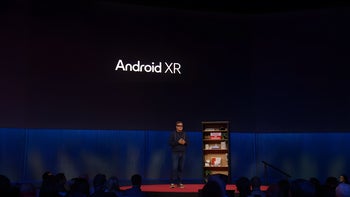
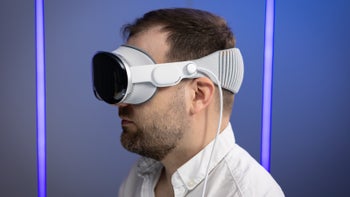

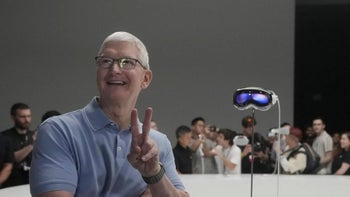
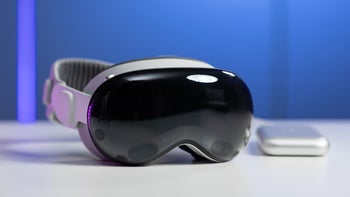
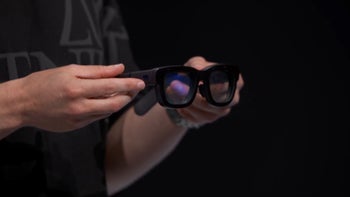
Things that are NOT allowed: